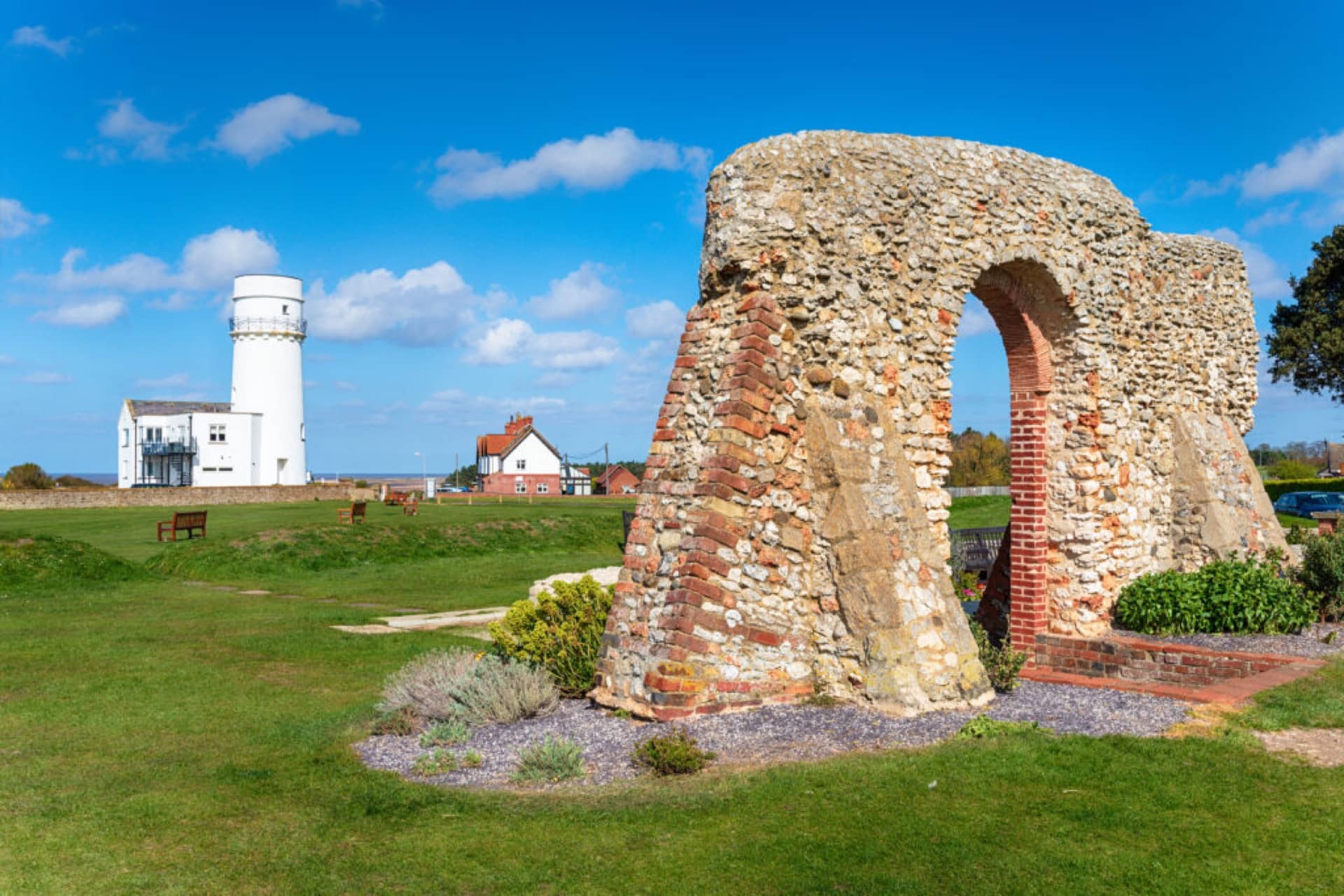When the tide retreats, the sea reveals its secrets. At St Edmund’s Point near Old Hunstanton, the skeleton of the Sheraton lies in its last resting place on a bed of sand and rock, worn to the bone by waves and weather. Like all ships wrecked on the Norfolk coast, this once sturdy old steam trawler has its own story.
The Sheraton was built as a fishing vessel in Beverley, Yorkshire in 1907, designed to withstand the ruthless power of the North Sea when her crew set their nets off Grimsby. When the First World War broke out she was requisitioned by the Royal Navy and used for anti-submarine defences. And in the Second World War the Sheraton was busy serving her country again, now fitted with a six-pounder gun to patrol the waters of the North Sea coast. After the war she was painted daffodil yellow and used as an RAF target ship.
The Sheraton made her final voyage on the night of 23rd April 1947 when a wild gale howled in. Caught in the storm, the Sheraton broke her moorings off Lincolnshire, blew across the Wash and smashed into rocks in the shadow of Hunstanton’s striped cliffs.
Many years later, punk band The Stranglers rolled into town to pose on the beach near the remains of the Sheraton’s rusty rib cage, using Norfolk’s only rocky cliff as a backdrop for the cover of their aptly named album ‘Norfolk Coast’.
